On one hand, there’s a lot of excitement about the next “slab” smartphone, like the OnePlus 9 Pro. But the real fun in the smartphone industry has everything to do with foldables. These are going to take over the ultra-premium phones like the Galaxy Notes of the world, and Xiaomi is getting in on the fun.
Xiaomi announces the Mi Mix Fold

The company brought the Mix branding back from the dead, after the moniker had not been used since the Mi Mix Alpha back last year. That was a concept phone with a wraparound display, but it never was actually made available for the masses. But instead of offering another slab, especially considering the Mi 11 Ultra was announced the day before, we now have the Mi Mix Fold.
The device sports a massive 8.01-inch inner display, that folds right down the middle, just like the Huawei Mate X2 and Galaxy Z Fold 2. This is where we see our first negative point for the Mi Mix Fold. While the display looks pretty great (at least in the promotional material), it won’t be able to stack up against the other foldables as it only features a 60Hz refresh rate. This pales in comparison to the adaptive 120Hz refresh rate found on the Z Fold 2, and the 90Hz refresh rate on Huawei’s offering.
When folded, you’ll find a 6.52-inch cover display, which is just slightly larger than that of the Z Fold 2 and the 6.45-inch Mate X2. There’s an added benefit here of having a 90Hz refresh rate for the cover display. This is the standard on Huawei’s offering, but the Z Fold 2 is limited to just 60Hz on the outer display, so chalk one up for the Mi Mix Fold.
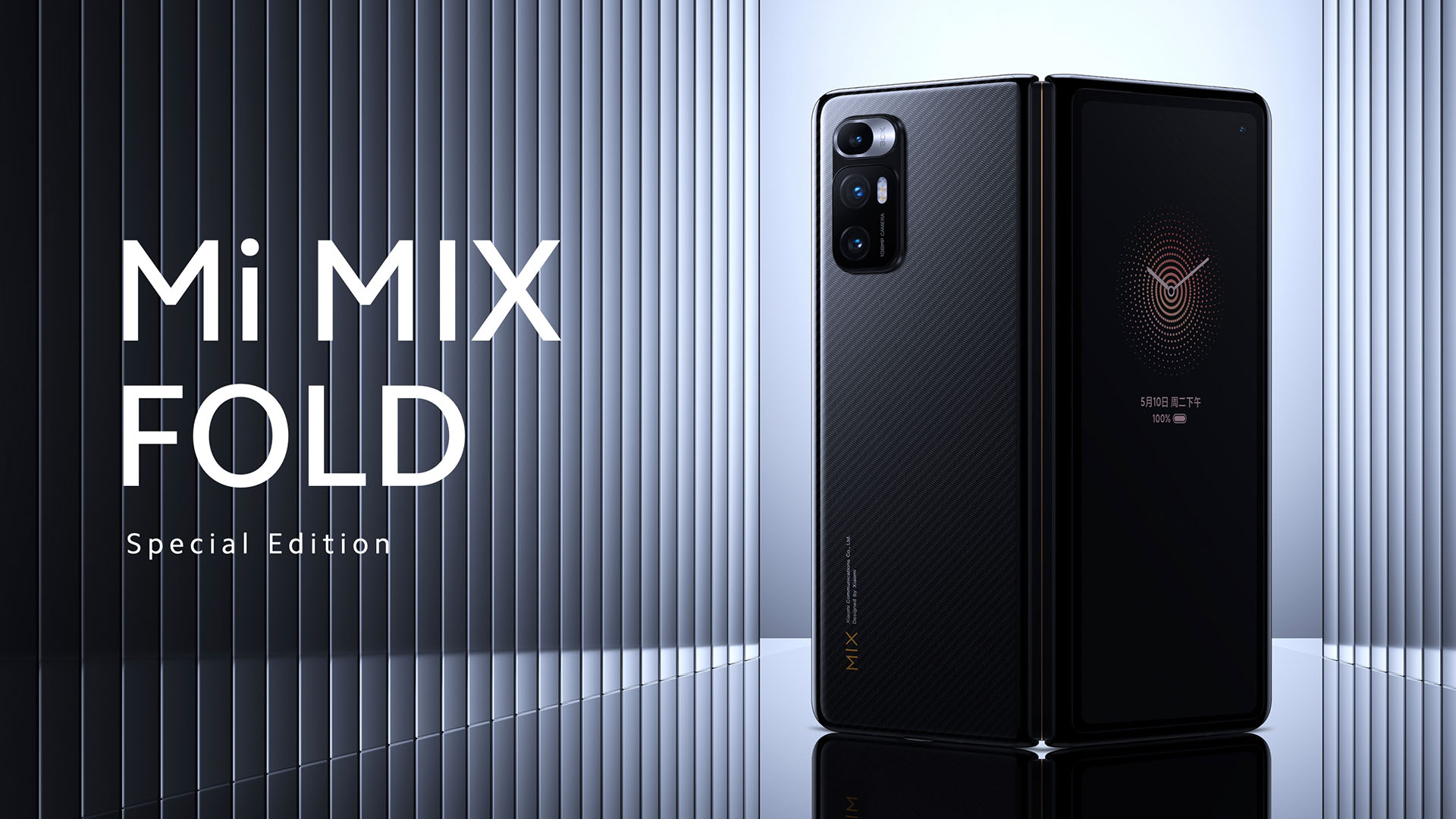
We know that Google is working on implementing more features in AOSP Android for foldable devices and dual-screen phones, but these smartphone makers aren’t waiting around for that to happen. Just like Huawei and Samsung have had to do with its foldables, Xiaomi has some interesting software implementations to make the most out of the tablet-like display of the Mi Mix Fold. There’s an all-new “desktop” mode which is just that – brings a desktop-looking interface to your 8.01-inch display, instead of the traditional home screen that you would find on “regular” smartphones.
All of this is being powered by the latest Snapdragon 888 chipset, along with up to 16GB of RAM and up to 512GB of storage. Meanwhile, there’s a 5,020mAh battery which is the largest of the trio, and Xiaomi is bringing its ultra-fast 67W fast wired charging to the Mi Mix Fold. Pricing is also competitive, starting around $1500 (when converted to USD), which is lower than both Samsung and Huawei.
So other than the slower refresh rate on the inner display, what more could you really want?
What we want from the Samsung Galaxy Z Fold 3
Here’s the thing. The Galaxy Z Fold 2 is the best phone on the market that I’ve used to date, largely because it’s next to impossible to get my hands on the Huawei Mate X2 right now. But there are still a few key things that would make me leave behind the slab phones of the past and just opt for a foldable as my primary phone all-year-round.
Even before the announcement of S Pen support with the Galaxy S21 Ultra, there have been rumors swirling that the Z Fold 3 could include S Pen support. But in order for that to happen, Samsung would have to improve the inner-display even more than it did between the first Galaxy Fold and Z Fold 2. There’s still that gross and cheap-feeling plastic screen protector on the display, and while you can remove it without damaging the screen (unlike the original Fold), that’s not something that everyone feels exactly comfortable doing. And there’s no way that the standard S Pen would be able to work with a display that thick prone to indentations just from your fingernail.
But that’s not even the biggest change that I want to see from the Fold 3. Nope, it’s the cover display. There’s no denying that Samsung knocked it out of the park with the upgrade to the cover display on the Z Fold 2, as it’s actually usable for the most part, even if you do miss out on a faster refresh rate for whatever reason.
After seeing the Mate X2 and its cover display, that’s exactly what I want from Samsung. Well not exactly. In my opinion, the dream foldable smartphone would be able to feel like a regular smartphone when using the cover display, then unfolding it would allow you to have a tablet in your hands. Huawei’s Mate X2 seems to get close to this, but the Z Fold 2’s cover display is still a bit too narrow for my liking. Typing with two hands is a joke as the keys are too small and cramped, and even just swiping with one hand can be a bit cumbersome if you accidentally keep hitting the wrong keys.
We’ve seen the rumors and renders about Samsung working on a tri-fold device, but that feels like something that would be neat, but would be more of a flex (no pun intended) for Samsung than anything else. Of course, a wider cover display would likely mean a larger inner-display, and that would work better overall if there was stylus compatibility. Maybe Samsung can “borrow” that desktop interface from Xiaomi’s Mi Mix and implement it with the Z Fold 3.
Who knows. But the Mix Fold has me even more excited to see what Samsung has up its sleeve for the next foldable.


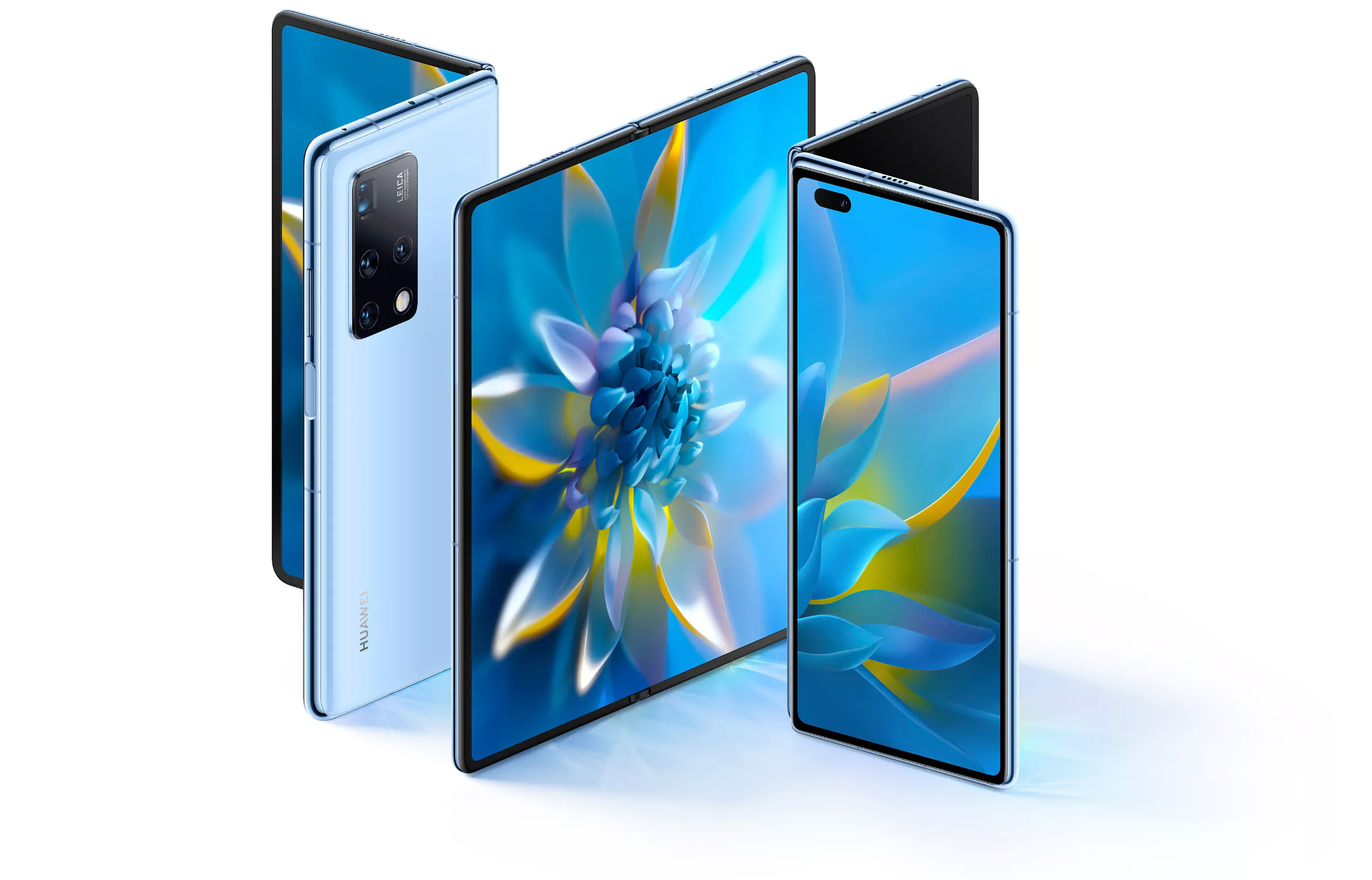
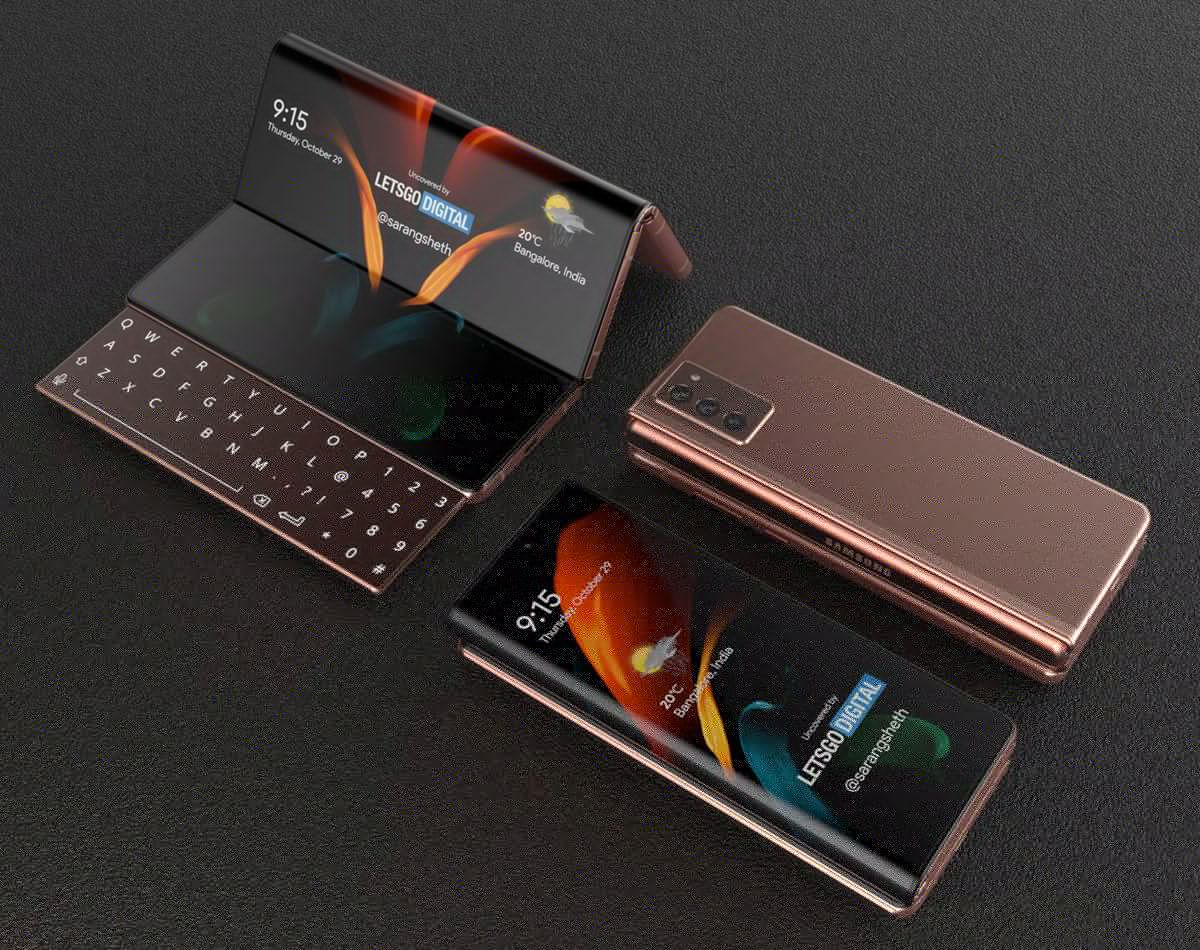
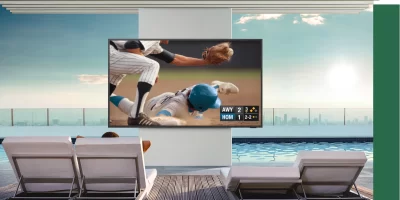
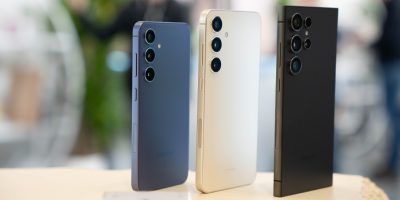

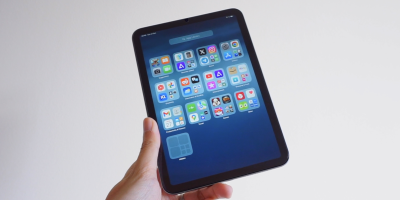
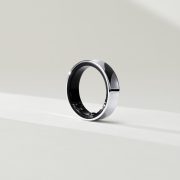



Comments